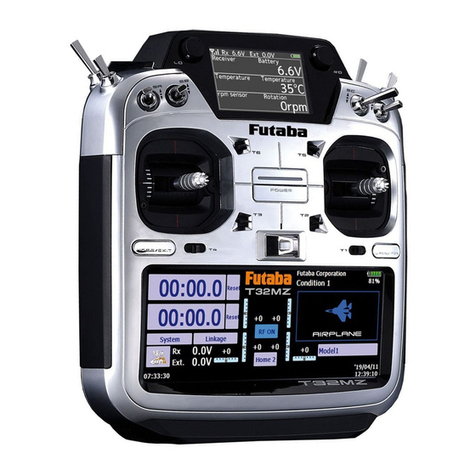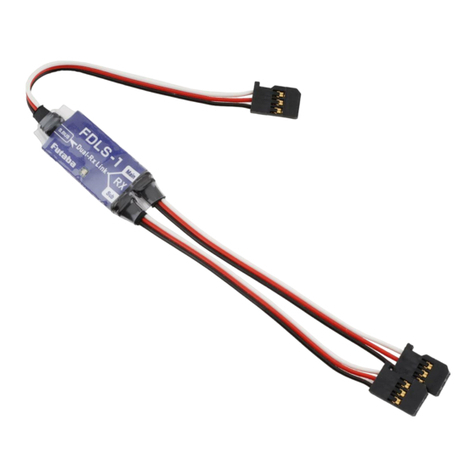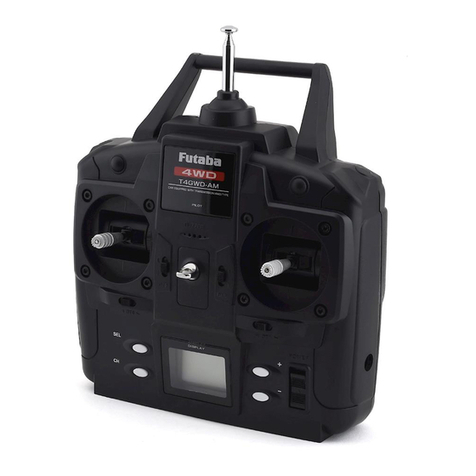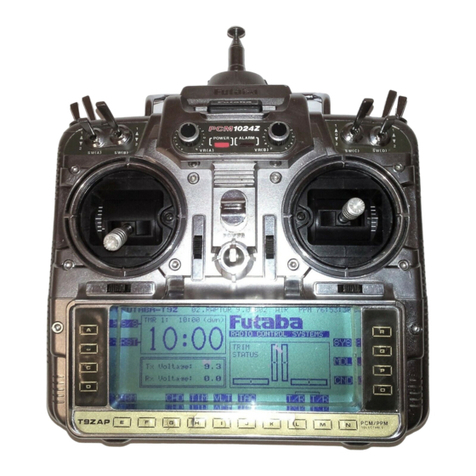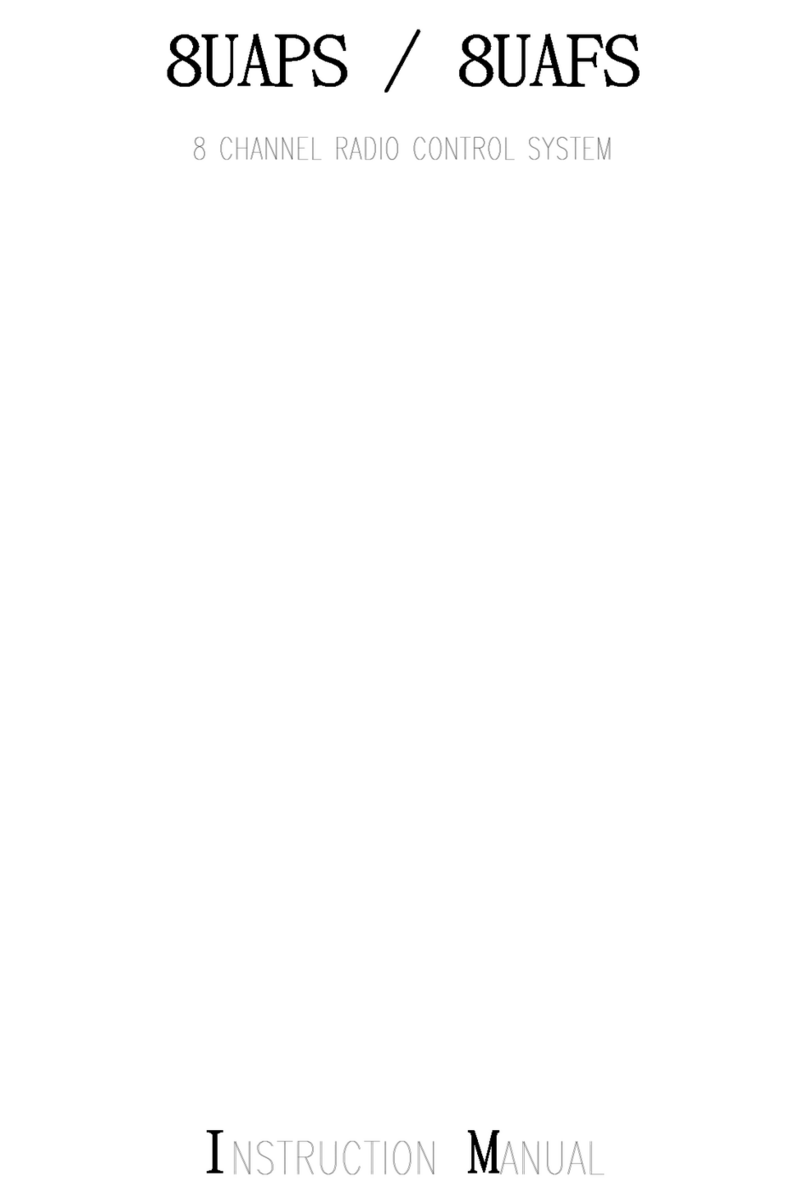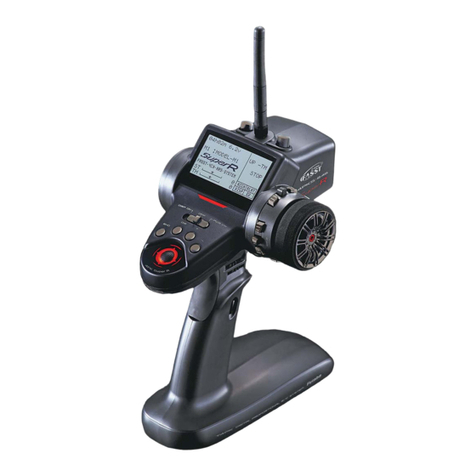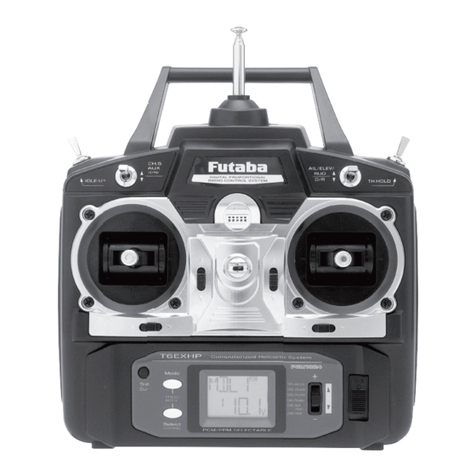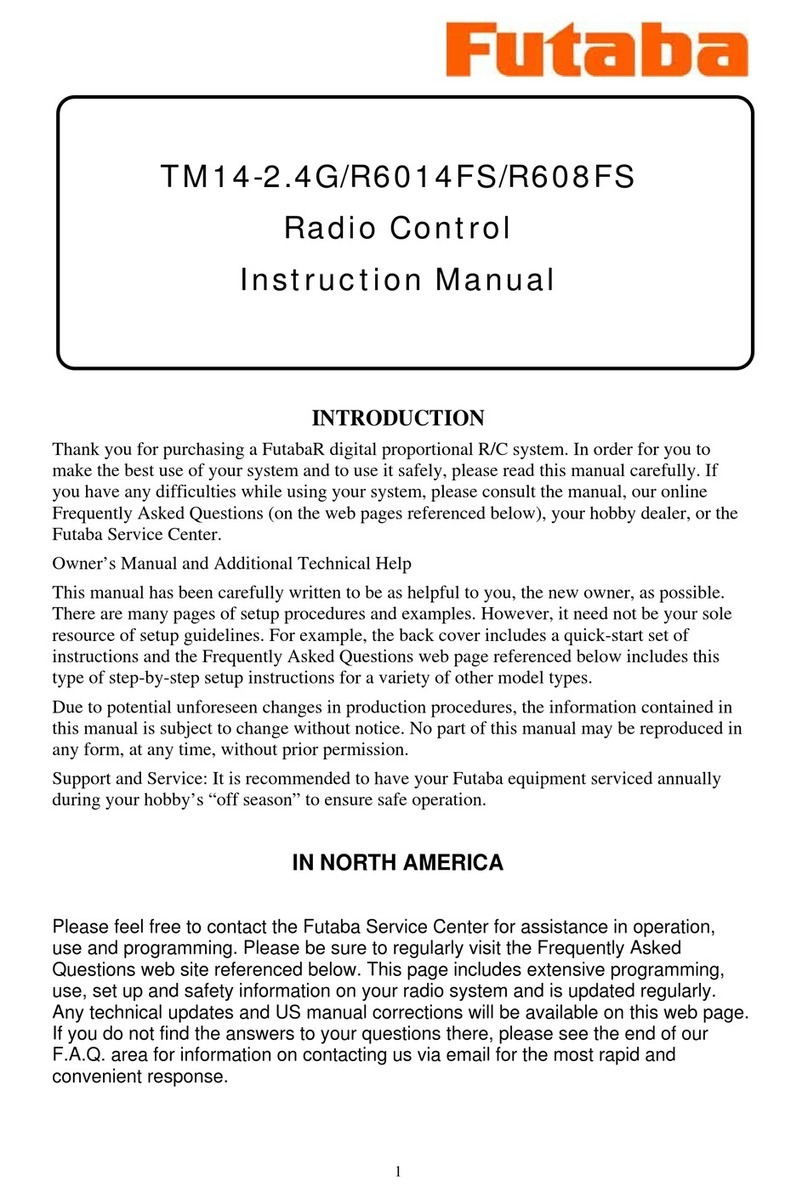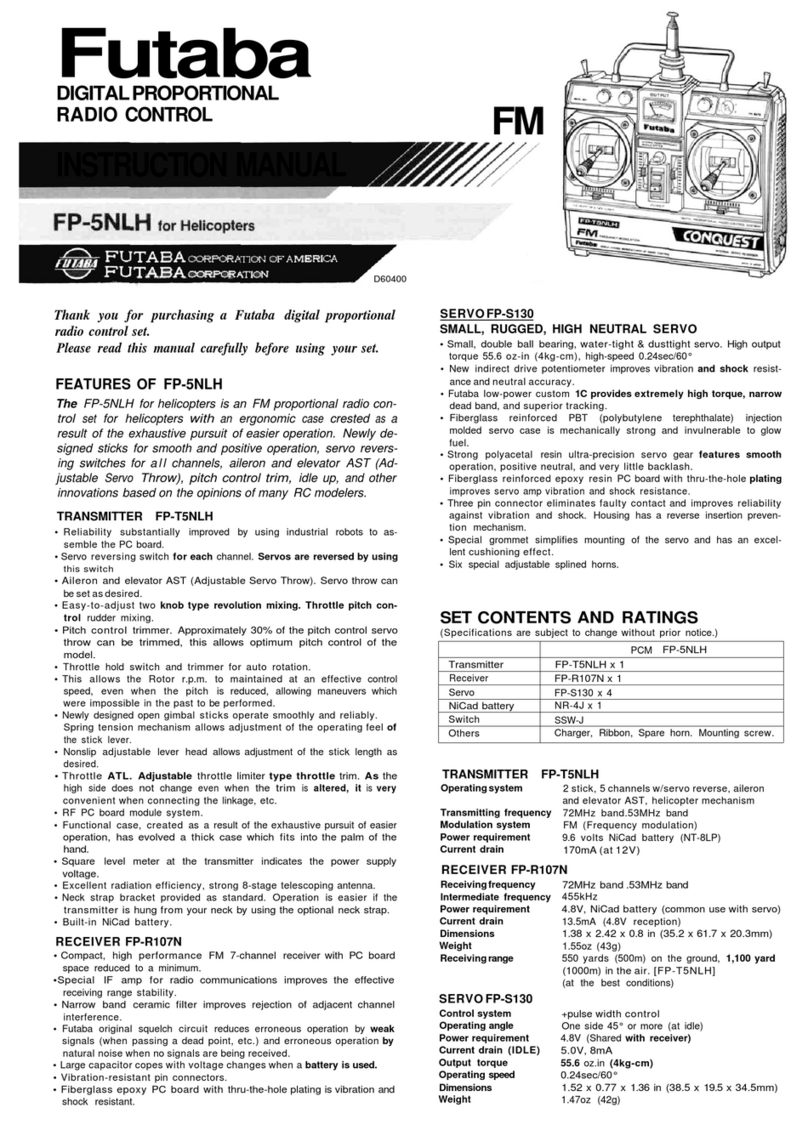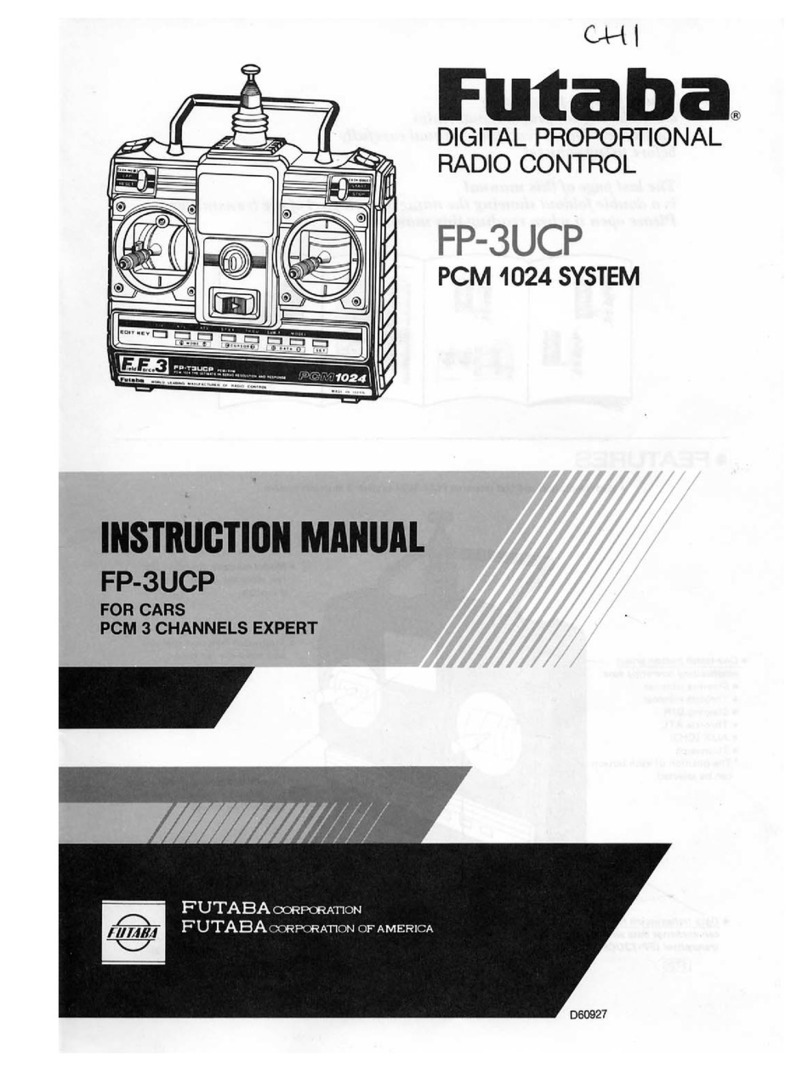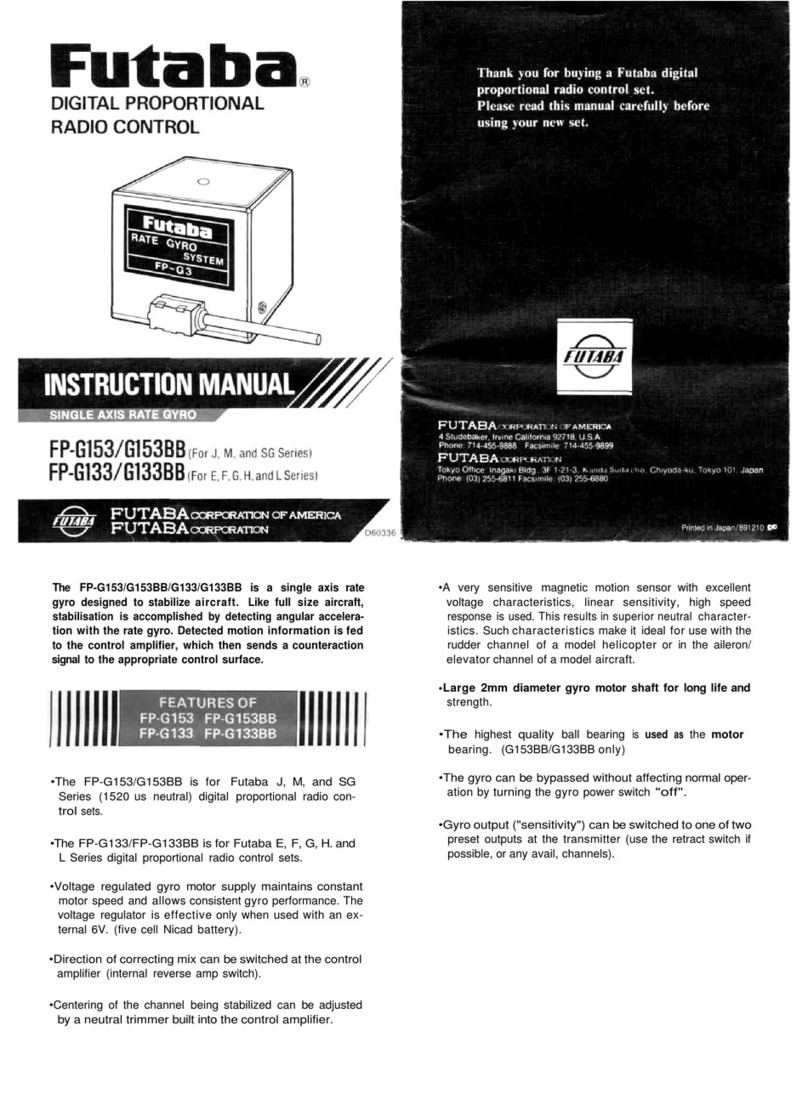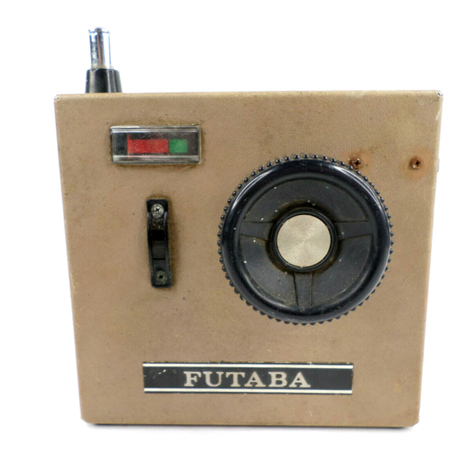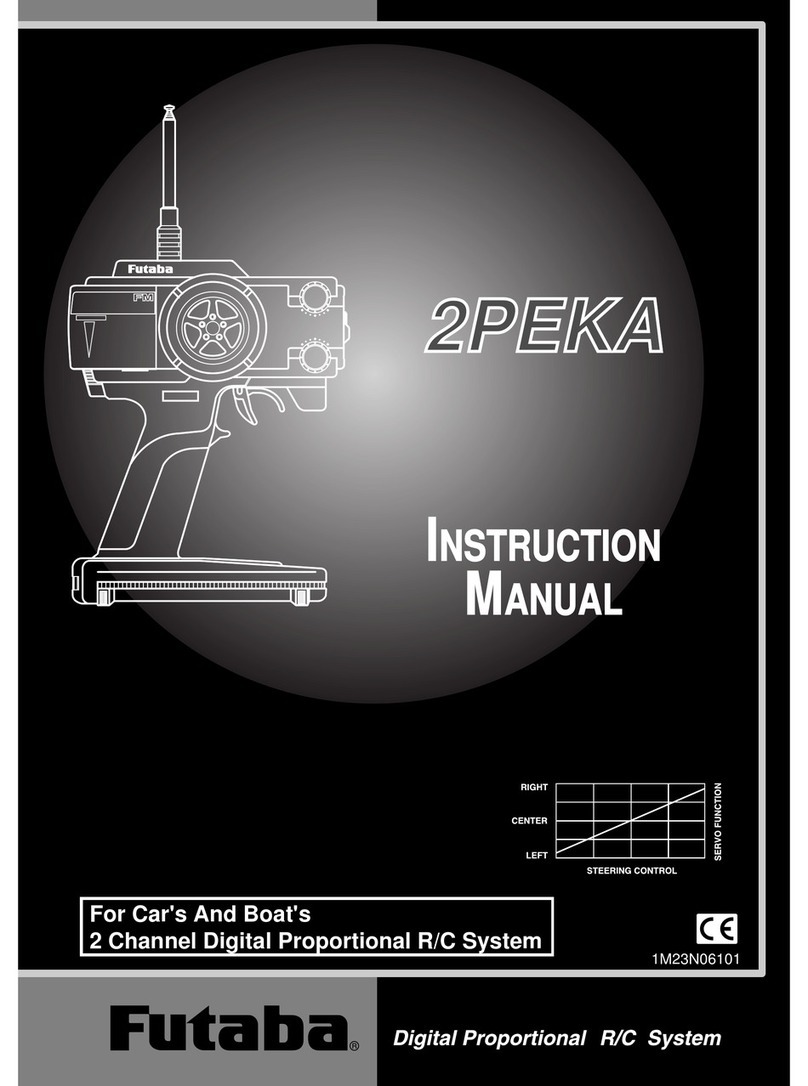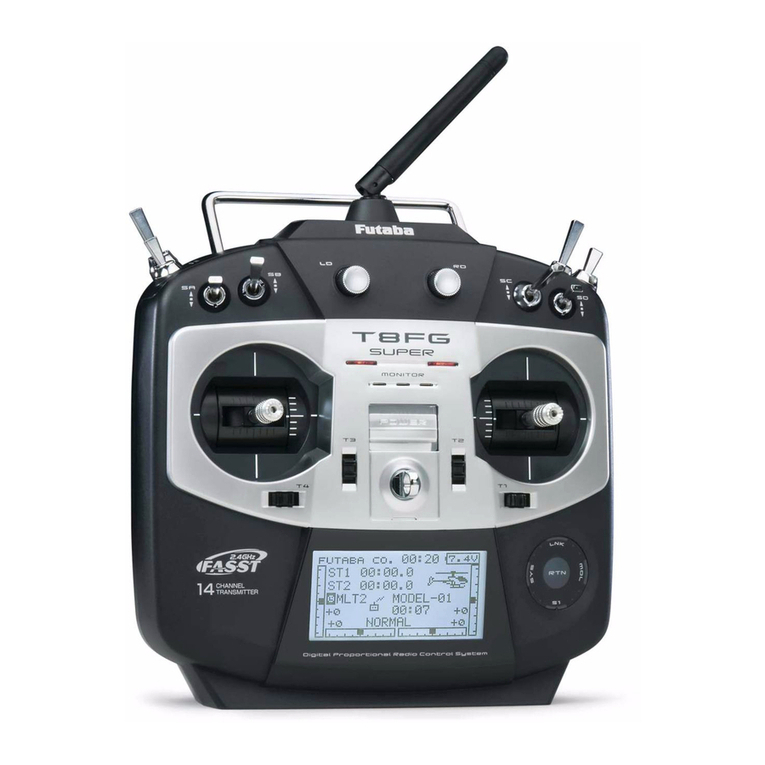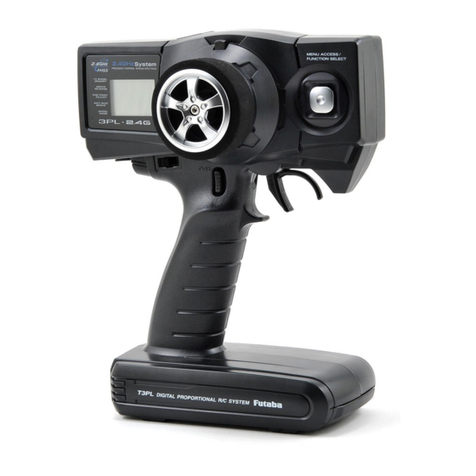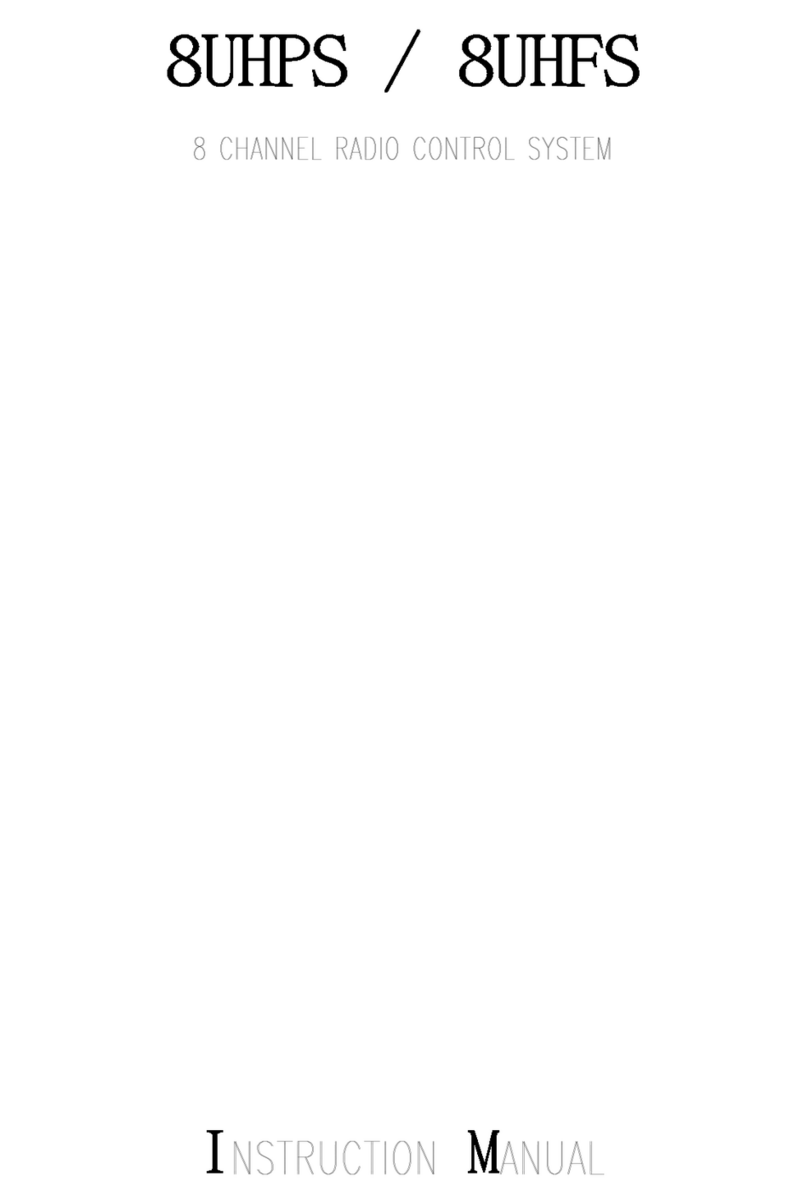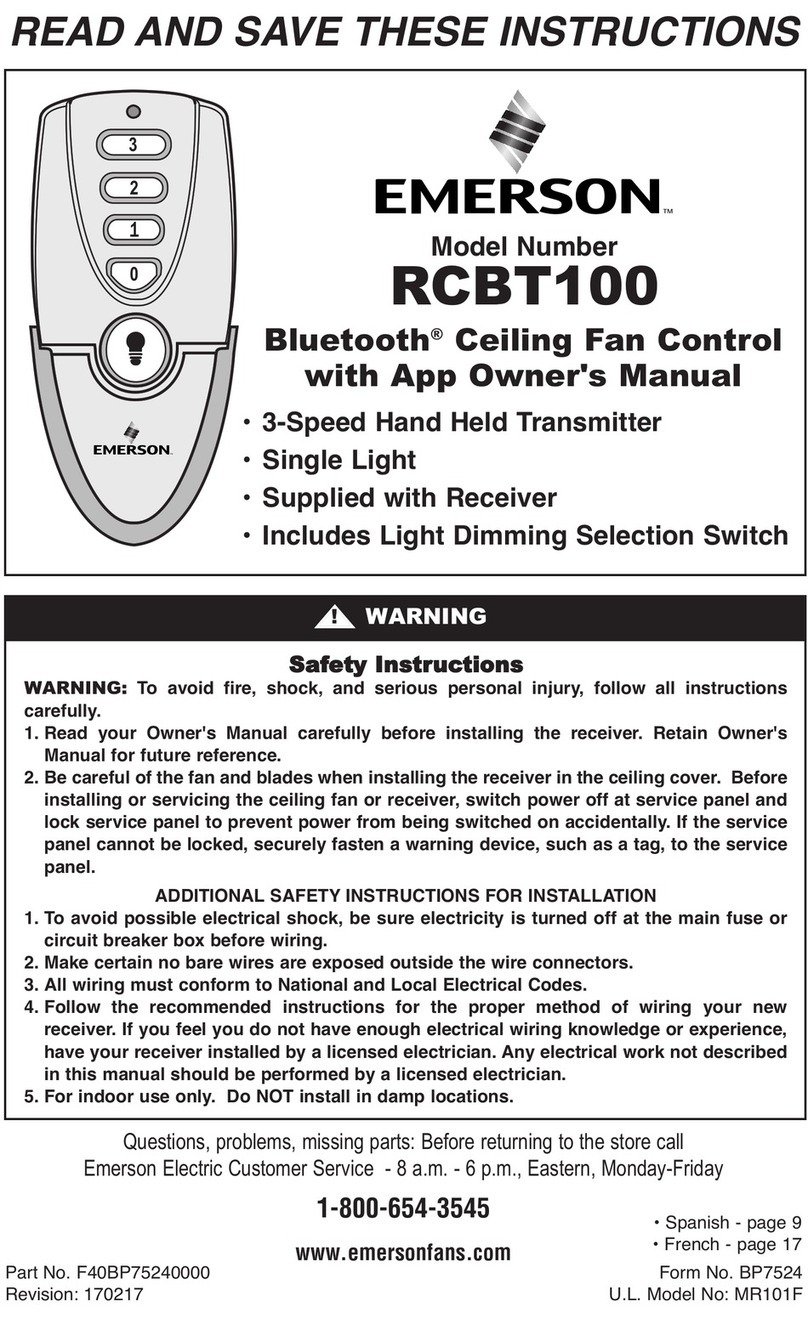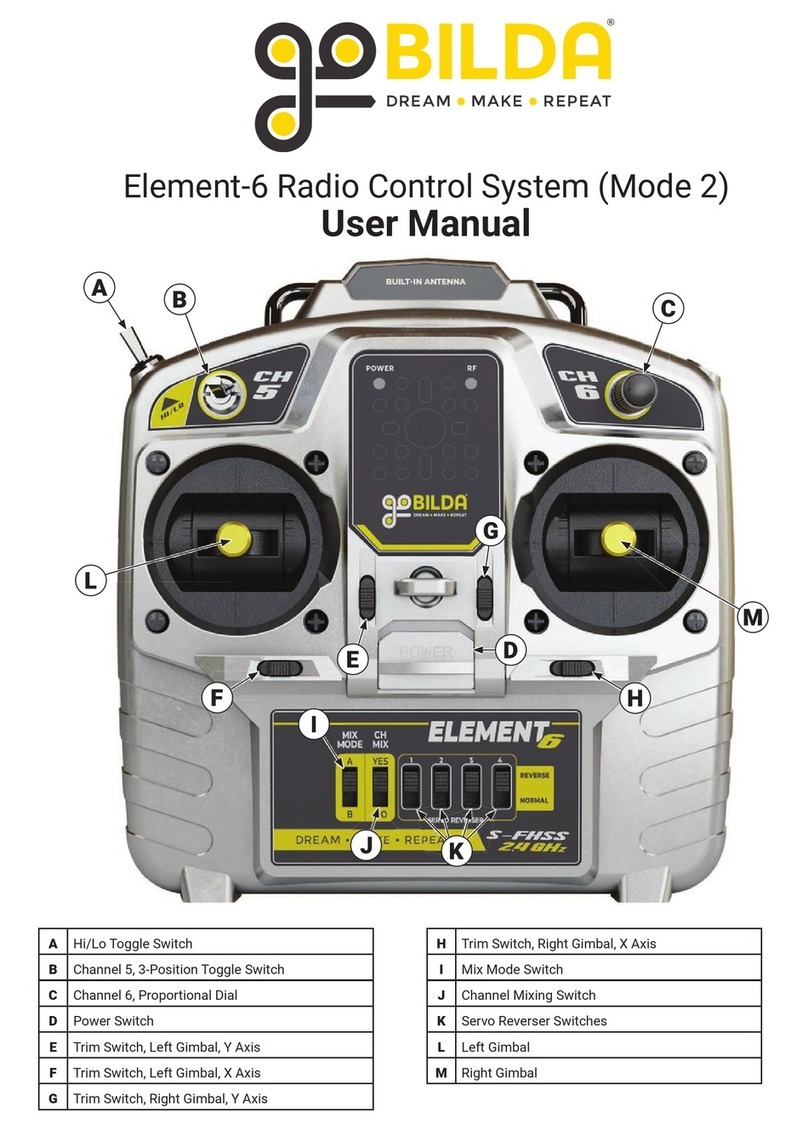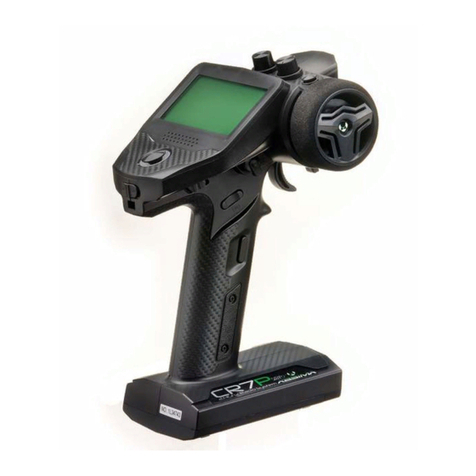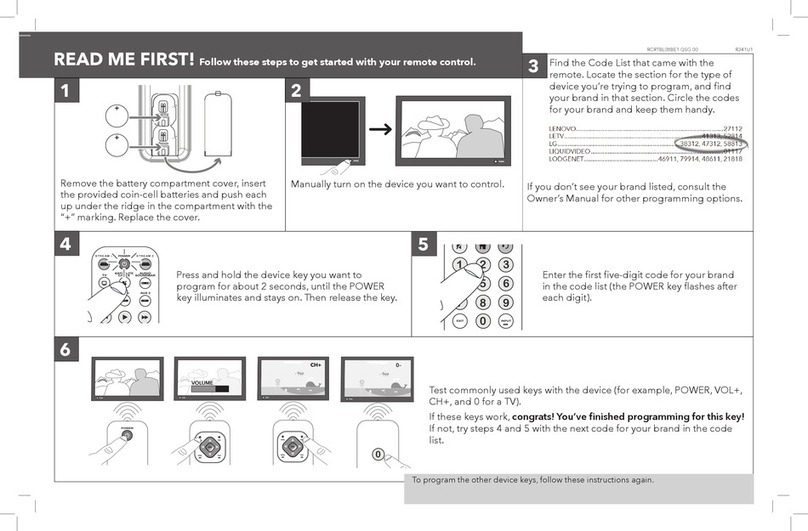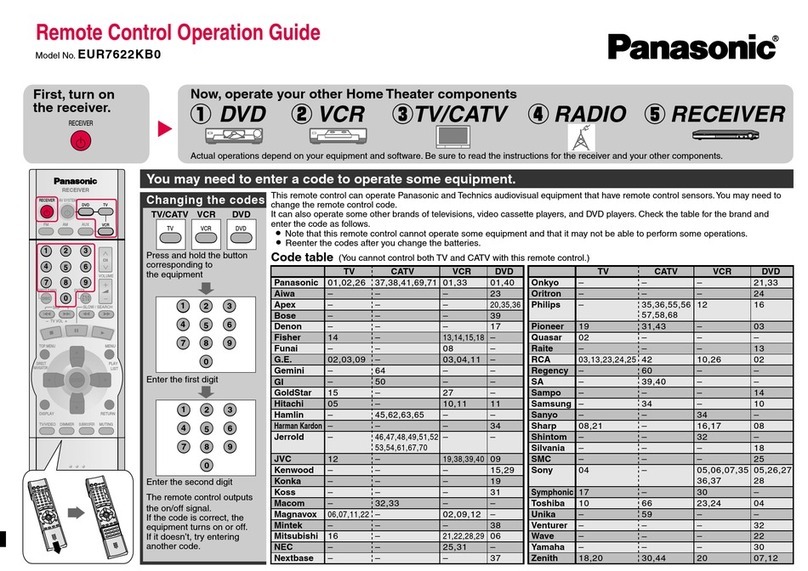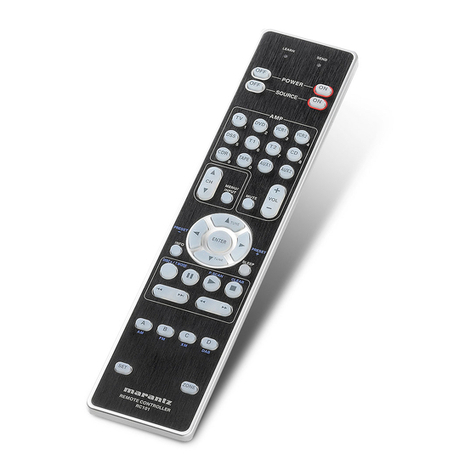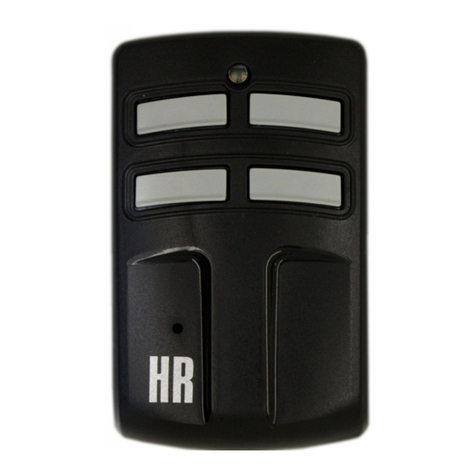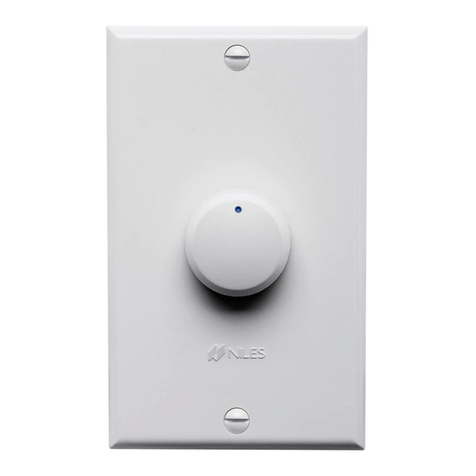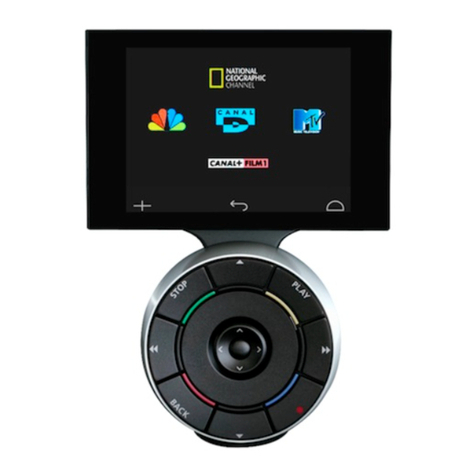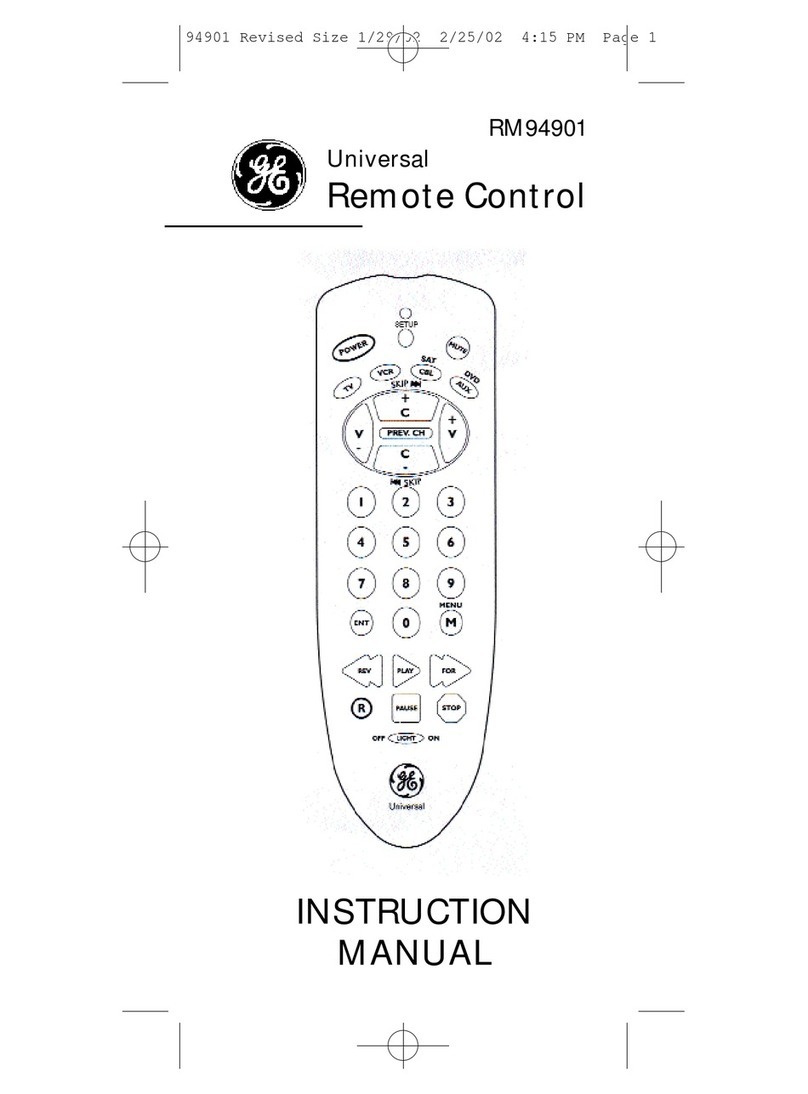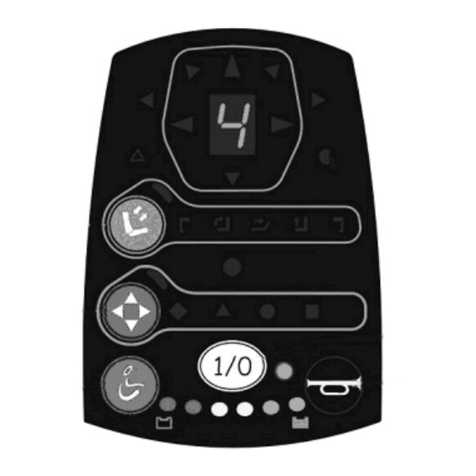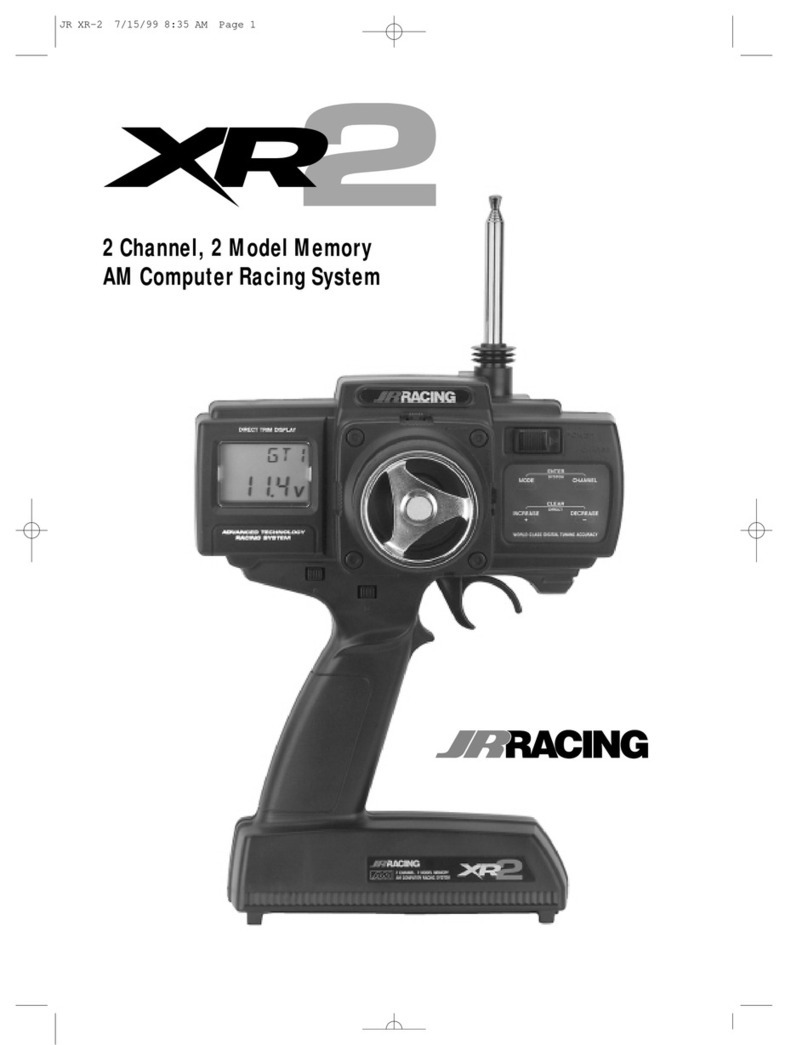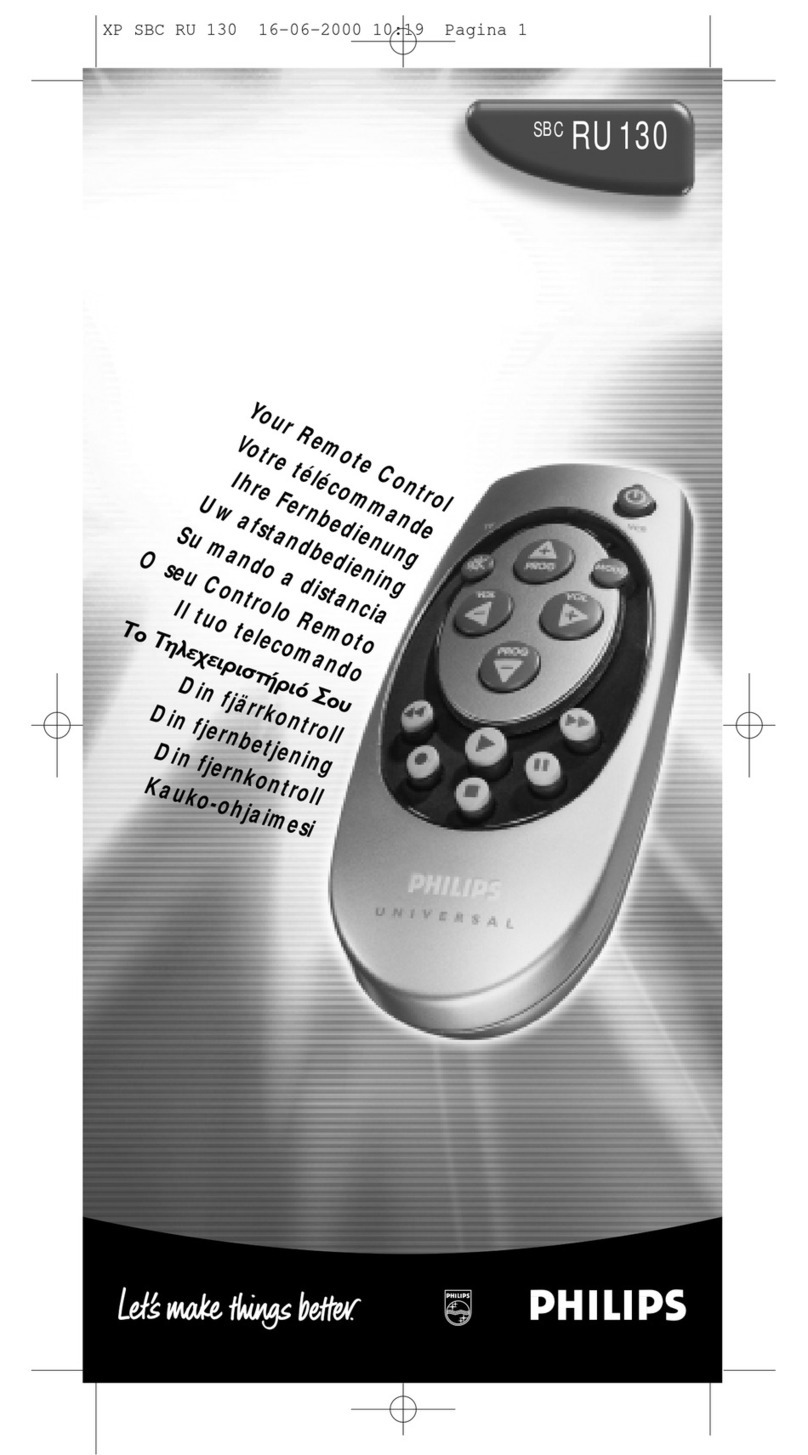
INTRODUCTION .............................................. 4
●Support and Service ......................................... 4
●Application, Export, and Modification........... 5
●Definitions of Symbols...................................... 6
●Safety Precautions (do not operate without
reading) ............................................................. 6
BEFORE USE ..................................................... 9
●Features of 14MZ ............................................. 9
●Contents and technical specifications ........... 11
●Accessories....................................................... 12
●Transmitter controls....................................... 13
Cautions on handling antenna.......................... 13
LED monitor .................................................... 14
Switch reallocation (SA-SH) ........................... 14
Volume (LD, CD, RD) ..................................... 15
Slide Lever (LST, LS, RS, RST)...................... 15
Digital trim (T1-T6)......................................... 16
Touch panel/Rotary key/Direct key ................. 16
Stick Adjustment .............................................. 17
CF card CFDP32M .......................................... 18
Connector/Plug................................................. 19
USB port (*This port is for factory use only.).................19
Attachment and detachment of the battery ...... 20
RF module MZ-FM.......................................... 21
Toolbox ............................................................ 21
●Receiver nomenclature................................... 22
●Safety precautions when installing receiver and
servos............................................................... 23
BASIC OPERATION ....................................... 24
●Battery Charging............................................ 24
How to charge the Lithium Ion Battery ........... 24
How to charge the Ni-Cd Battery..................... 24
●How to turn On/OFF the transmitter........... 25
When turning on............................................... 25
When turning off.............................................. 25
How to reset ..................................................... 26
●How to change the frequency/How to set the
receiver's ID.................................................... 26
●In case of using PCM1024, PPM receivers...27
●Registration of the user's name..................... 27
●Home screen .................................................... 28
●Music play back .............................................. 29
FUNCTIONS OF SYSTEM MENU................ 30
Trainer .............................................................. 31
Display ............................................................. 33
Date & Time..................................................... 34
User Name........................................................ 35
Switch............................................................... 36
HW Reverse ..................................................... 37
Information ...................................................... 38
MODEL BASIC SETTING PROCEDURE ... 39
●Airplane/glider basic setting procedure........ 39
●Helicopter basic setting procedure................ 41
●Receiver and servos connection.....................45
●Servo connection by model type.................... 46
FUNCTIONS OF LINKAGE MENU ............. 50
(Common Functions)
Linkage Menu functions table.......................... 50
Servo Monitor .................................................. 51
Model Select .................................................... 52
Model Type ...................................................... 53
Picture .............................................................. 55
Sound ............................................................... 56
Frequency......................................................... 58
Function ........................................................... 59
Sub-Trim .......................................................... 61
Servo Reverse .................................................. 62
Fail Safe ........................................................... 63
End Point (ATV) ..............................................64
Throttle Cut (Airplane/helicopter only) ........... 65
Idle Down (Airplane/helicopter only).............. 66
Swash (Helicopter only)................................... 67
Timer ................................................................ 69
Dial Monitor..................................................... 70
Data Reset ........................................................ 71
TABLE OF CONTENTS
2<TABLE OF CONTENTS >
